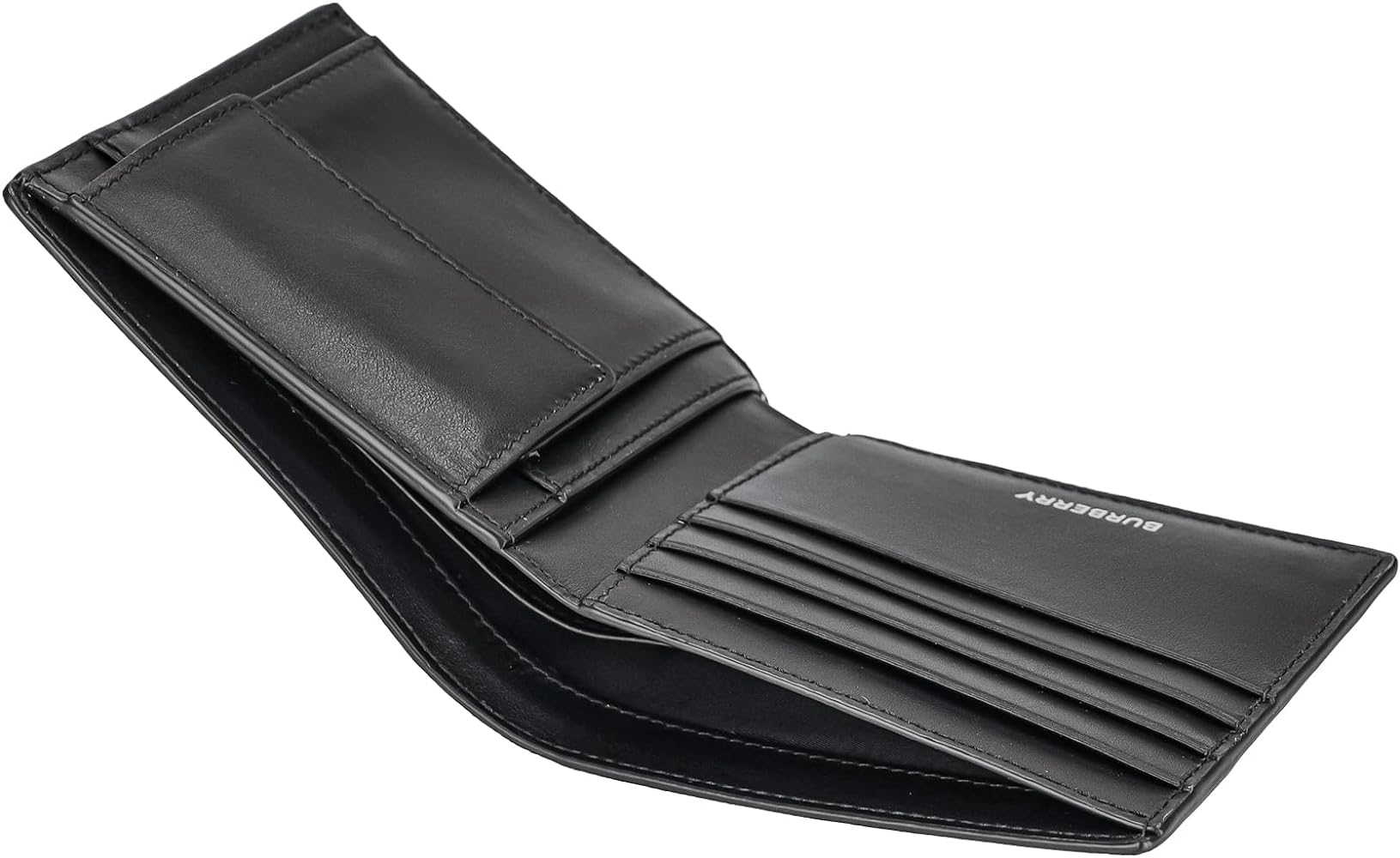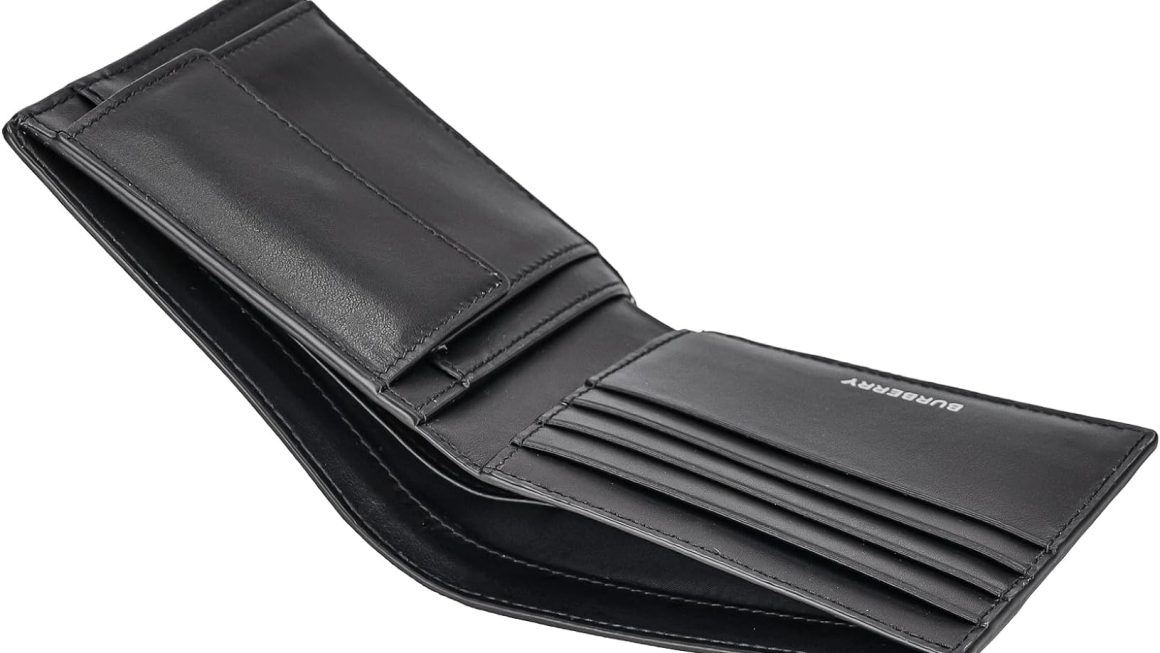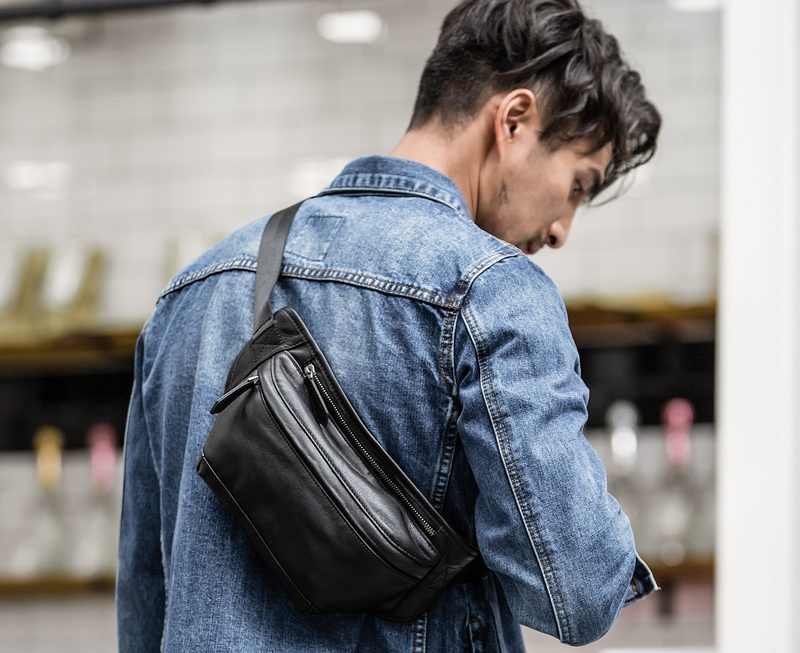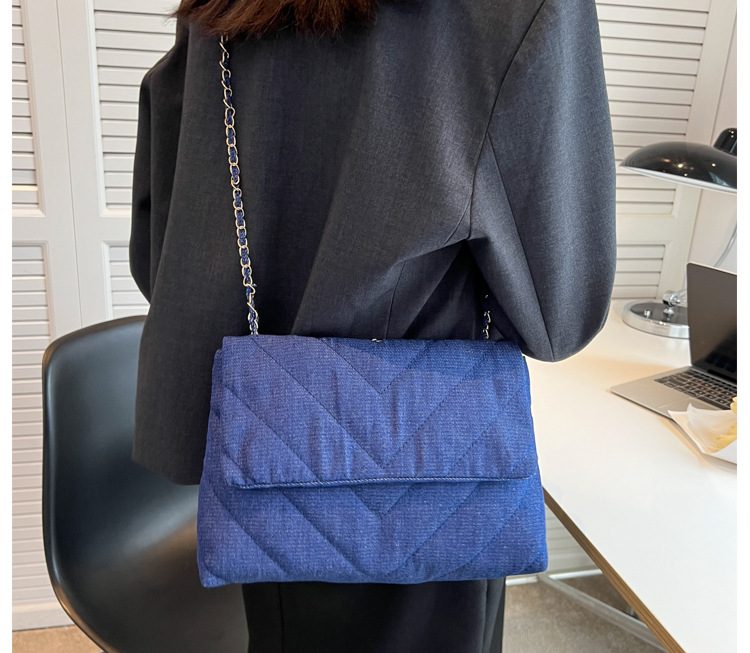Introduction
Leather has always fascinated humans. Its durability, texture, and smell make it unique. When it comes to wallets, real leather stands unparalleled. Choosing a real leather wallet means choosing quality and timelessness. In this guide, we’ll delve deep into the world of real leather wallets. We’ll explore their history, craftsmanship, benefits, and types. Additionally, we’ll share tips on how to care for your leather wallet and how to distinguish real from fake. This guide aims to offer a comprehensive analysis that will help you appreciate and choose a real leather wallet.
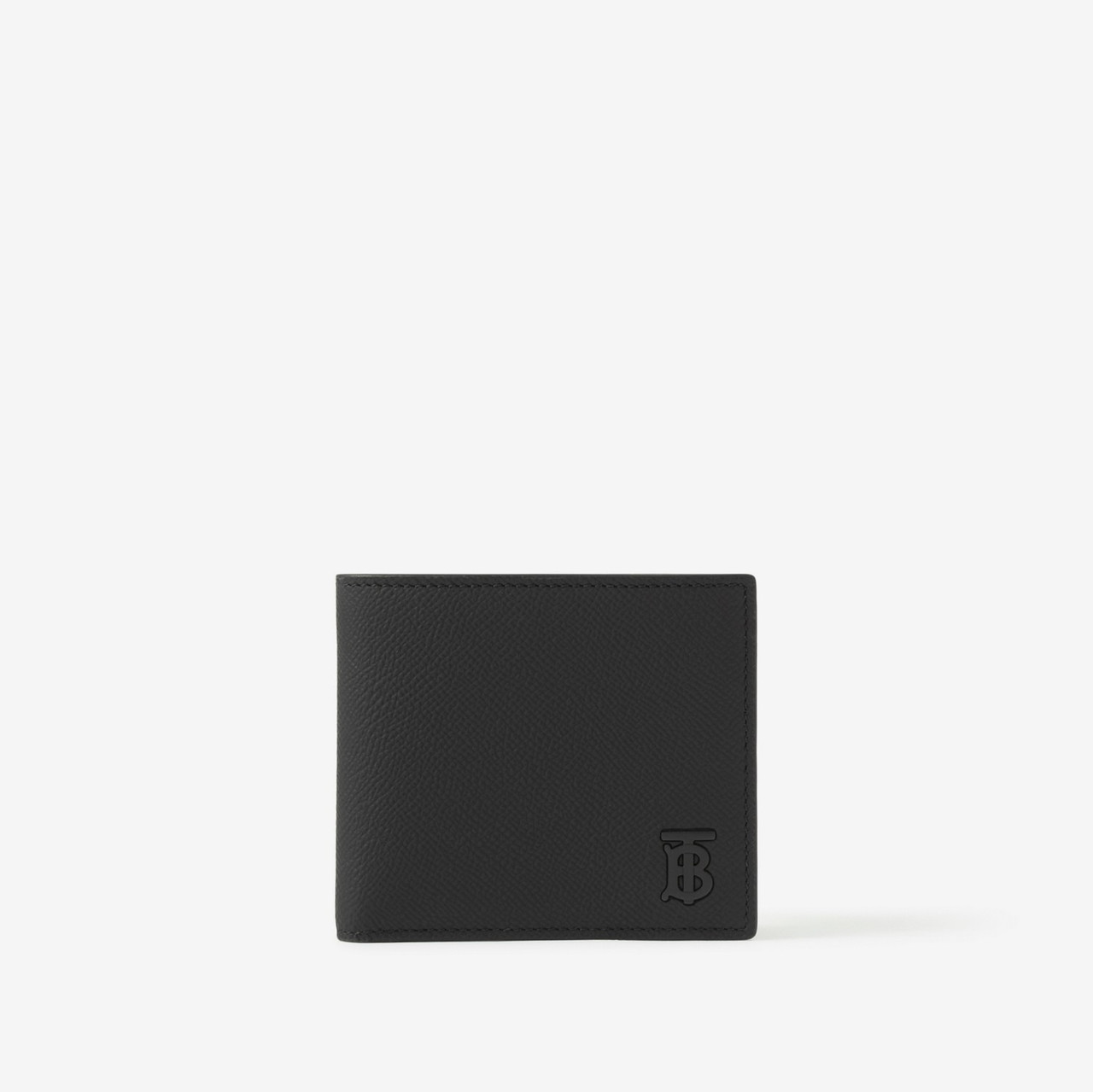
The History of Leather
Early Uses of Leather
Leather use dates back thousands of years. Early humans discovered that animal hides could be tanned and used for various purposes. Initially, they used leather for clothing and shelters. Archaeological evidence shows leather artifacts dating back to at least 5,000 B.C. Leather’s versatility made it essential for survival. Over time, leather-making became more sophisticated, moving from rawhide to tanned and treated leather.
Leather in Ancient Civilizations
Ancient civilizations like Egypt, Greece, and Rome mastered leather-making techniques. In Egypt, leather was used for sandals, belts, and shields. Greek soldiers used leather armor, while Roman soldiers wore leather sandals called “caligae.” Leather was also used in everyday items like bags and pouches. The sophistication of leather craftsmanship grew as these civilizations advanced. Leather became a sign of status and wealth.
Modern Leather-Making
The Industrial Revolution brought significant changes to the leather industry. Machines allowed for mass production. Tanning processes evolved, making leather softer and more durable. The introduction of chemical tanning revolutionized the industry. Today, leather is a crucial material in fashion, especially in wallets. Modern leather-making techniques ensure both quality and sustainability.
![]()
Craftsmanship in Leather Wallets
The Process of Tanning
Tanning is the process that turns animal hides into leather. There are two main types of tanning: vegetable tanning and chrome tanning. Vegetable tanning uses natural materials like tree bark and leaves. It results in a stiffer, more eco-friendly leather. Chrome tanning uses chemicals and is faster, producing softer leather. Both methods have their advantages. Vegetable-tanned leather is more sustainable and develops a rich patina over time. Chrome-tanned leather is more pliable and less expensive.
Cutting and Shaping
Once tanned, the leather is cut into pieces. Skilled artisans cut leather according to the wallet’s design. Precision is crucial. A poorly cut piece can ruin the final product. High-quality wallets often feature hand-cut leather. This ensures each piece is perfect and fits together seamlessly. The shaping process also includes skiving, which thins the leather for folding and stitching. Proper shaping ensures the wallet remains slim and functional.
Stitching and Assembly
Stitching is a critical aspect of wallet-making. High-quality wallets typically feature hand stitching. This method uses a saddle stitch, which is stronger than machine stitches. Hand stitching ensures each stitch penetrates both layers of leather, making it more durable. Assembly involves attaching various components like pockets, slots, and linings. Each piece must align perfectly. High-quality wallets often feature edge finishing, which seals the edges and prevents fraying. This adds to the wallet’s durability and aesthetic appeal.
Types of Real Leather Wallets
Bifold Wallets
Bifold wallets are the most common type. They fold in half and fit comfortably in the pocket. These wallets typically feature card slots, a cash compartment, and sometimes a coin pocket. They strike a balance between capacity and slimness. Bifold wallets are perfect for those who carry a moderate amount of items. They are versatile and suitable for both casual and formal settings. The design allows quick access to cash and cards.
Trifold Wallets
Trifold wallets offer more storage. They fold into three sections, providing extra space for cards and cash. These wallets are bulkier but offer better organization. They are ideal for people who carry many items. Despite their bulk, they still fit comfortably in most pockets. Trifold wallets are perfect for those who prioritize capacity over slimness. The extra panels allow for specialized compartments, making it easier to separate different types of items.
Minimalist Wallets
Minimalist wallets focus on carrying fewer items. They are sleek, slim, and fit easily into any pocket. These wallets are perfect for those who carry only a few cards and some cash. They often feature a few card slots and a central pocket for cash. Minimalist wallets are ideal for people who want a low-profile option. They are perfect for both casual outings and formal events. Despite their small size, they offer a stylish way to carry essentials.
Cardholders
Cardholders are even more compact. They are designed mainly for cards and sometimes a bit of cash. These wallets are perfect for those who prefer to travel light. Cardholders fit comfortably in any pocket or bag. They often feature multiple card slots and sometimes a central compartment for cash. They are ideal for people who rarely carry cash. Cardholders are excellent for quick errands or as an addition to a larger wallet.
Travel Wallets
Travel wallets are designed for those on the go. They offer compartments for passports, tickets, and multiple currencies. These wallets are larger but offer comprehensive organization. They are perfect for frequent travelers. Travel wallets often feature secure closures, such as zippers or snap buttons. This ensures that important documents stay safe. The additional space allows for specialized compartments, making it easy to organize travel essentials.
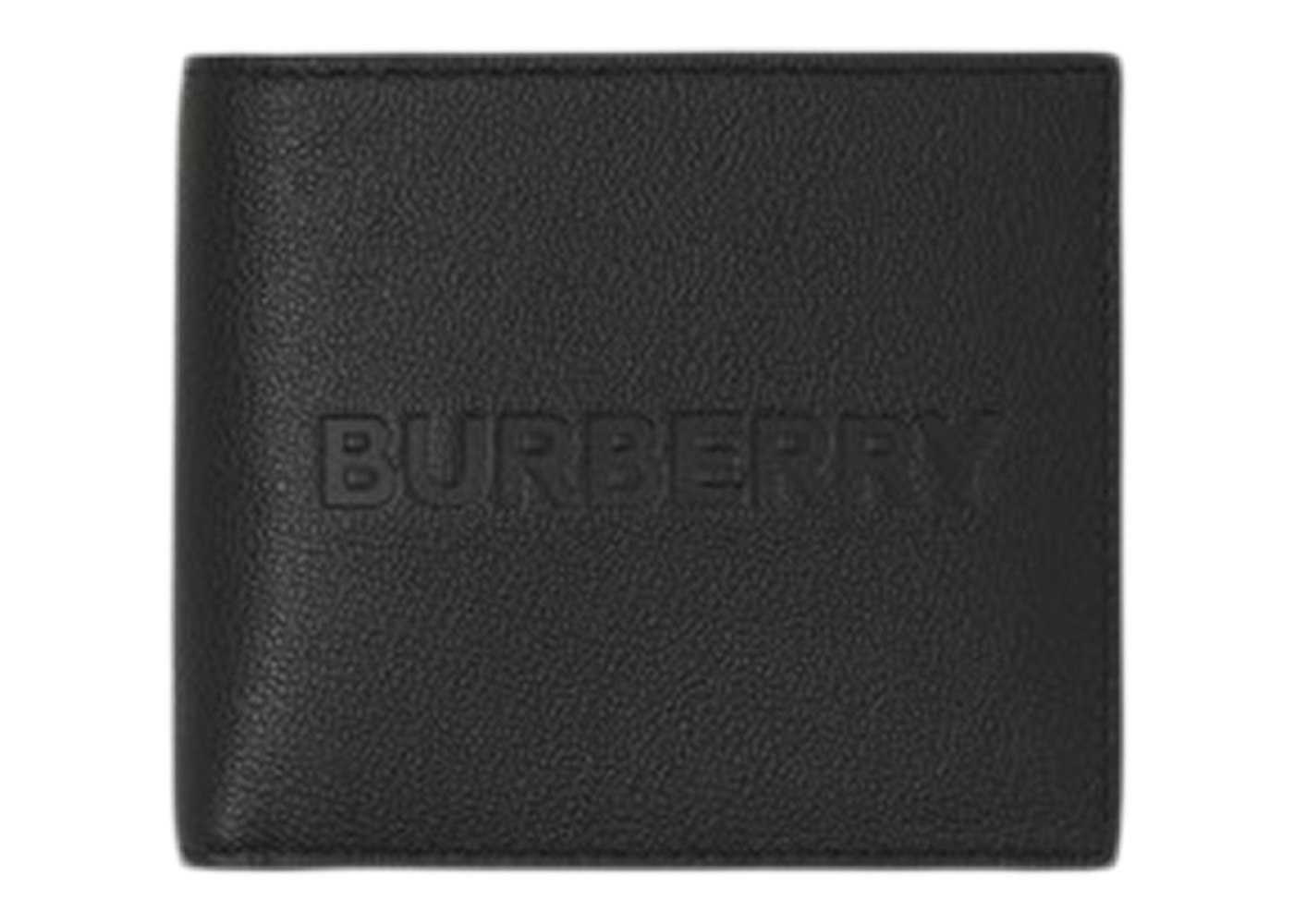
Benefits of Real Leather Wallets
Durability
Real leather is incredibly durable. It can withstand daily wear and tear, making it a long-lasting investment. Unlike synthetic materials, real leather doesn’t easily crack or tear. High-quality leather wallets can last for years or even decades. Leather also ages well, developing a patina that adds to its character. A leather wallet’s durability makes it a cost-effective choice in the long run. The wear and tear only add to the wallet’s aesthetic appeal, making it a timeless accessory.
Timeless Style
Leather never goes out of style. Its classic look complements any outfit, whether casual or formal. A leather wallet adds a touch of elegance to your daily accessories. The natural texture and smell of leather are unmatched. Over time, leather develops a unique patina, making each wallet one-of-a-kind. This timeless style means you won’t need to replace your wallet to stay trendy. Leather’s natural versatility ensures it pairs well with various fashion styles, making it a timeless addition to your wardrobe.
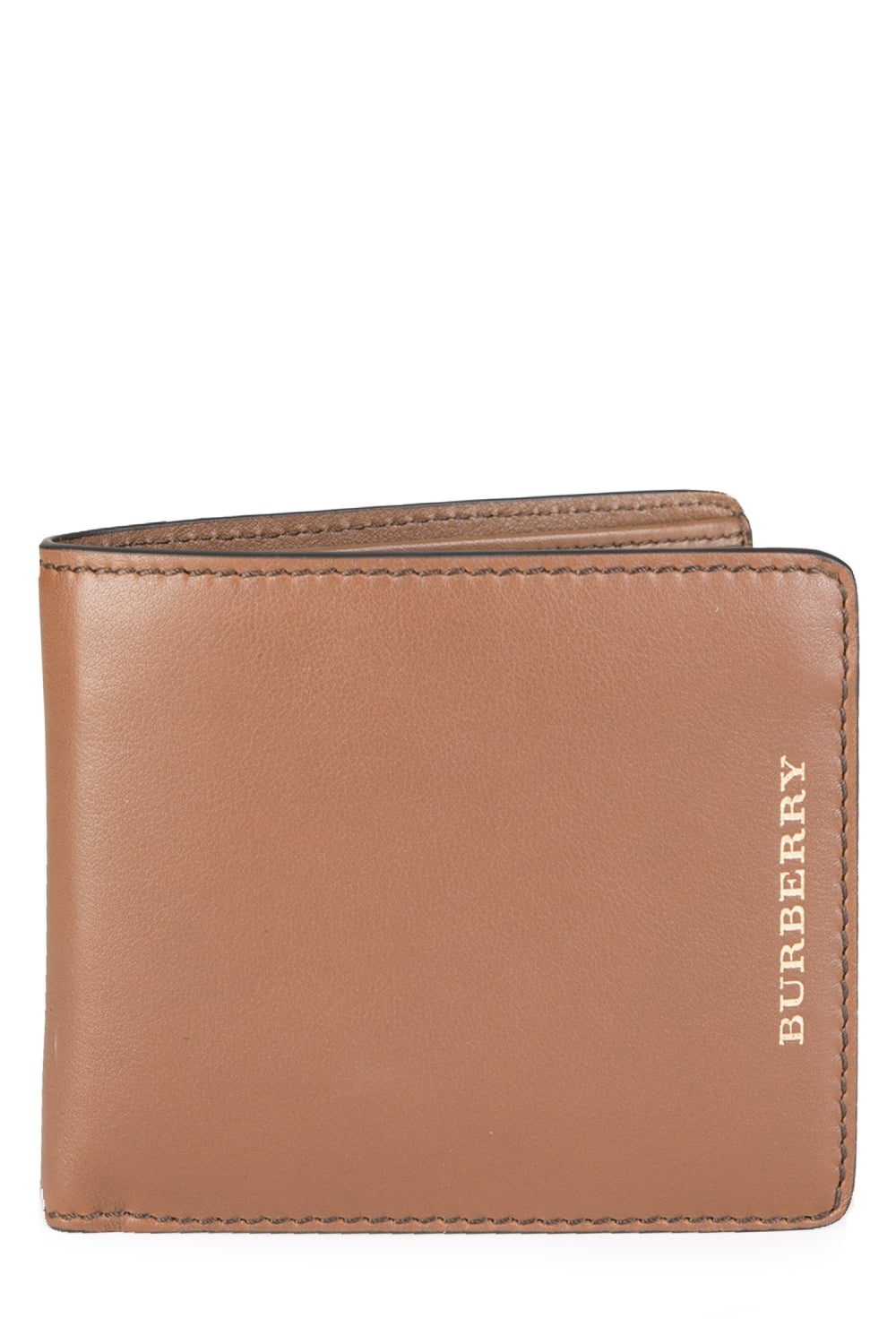
Eco-Friendly
Real leather is more eco-friendly than synthetic alternatives. Vegetable-tanned leather, in particular, uses natural materials in its production process. This makes it a more sustainable choice. Additionally, leather is biodegradable, unlike synthetic materials that contribute to landfill waste. Investing in a high-quality leather wallet means fewer replacements, reducing overall consumption. By choosing real leather, you contribute to a more sustainable fashion industry. Leather’s longevity further reduces its environmental impact, making it a responsible choice for the eco-conscious consumer.
